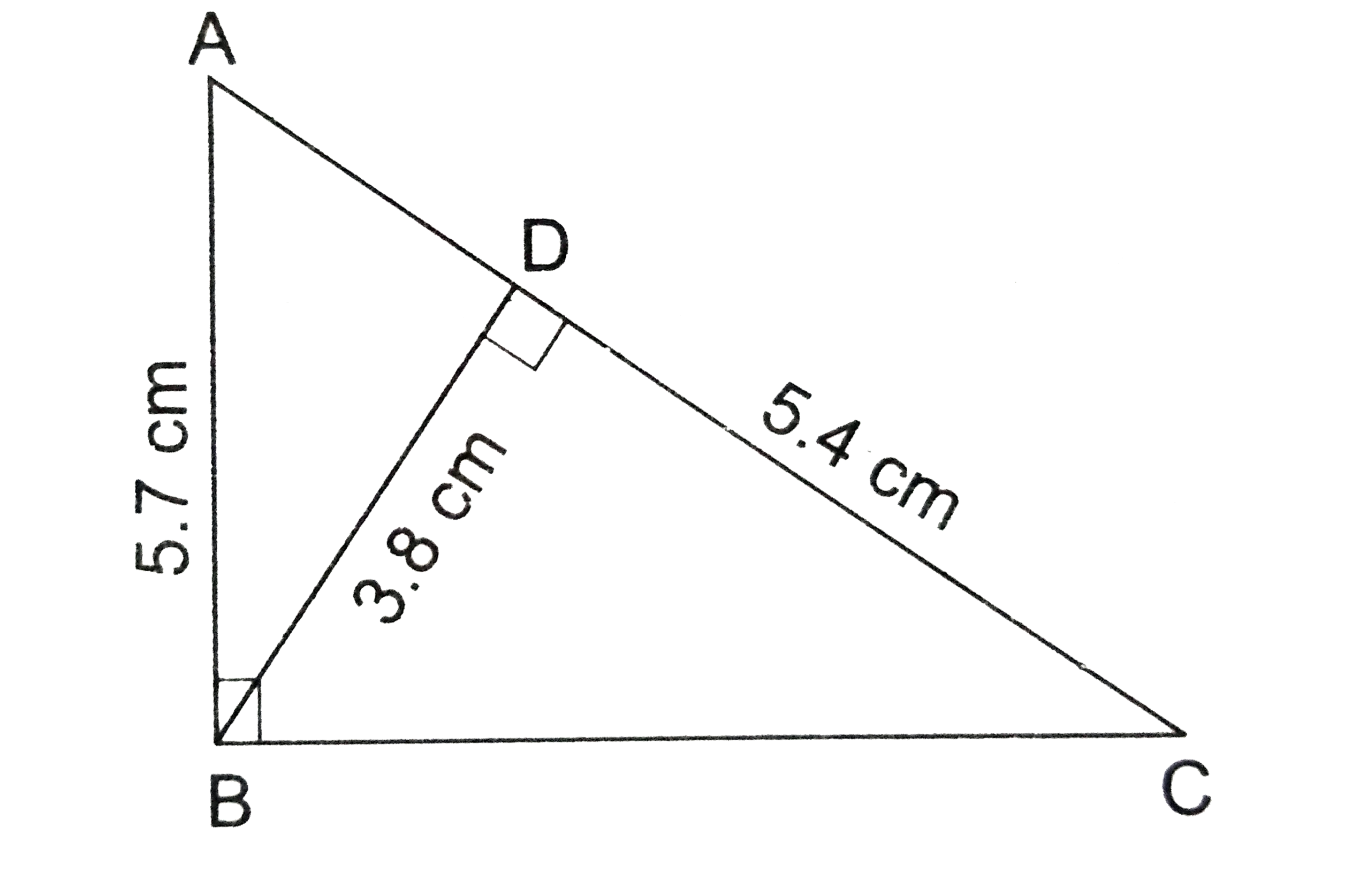In the given figure, ΔOAB~ΔOCD. If AB=8cm,BO=6.4cm,OC=3.5cmandCD=5cm find (i) OA (ii) DO.
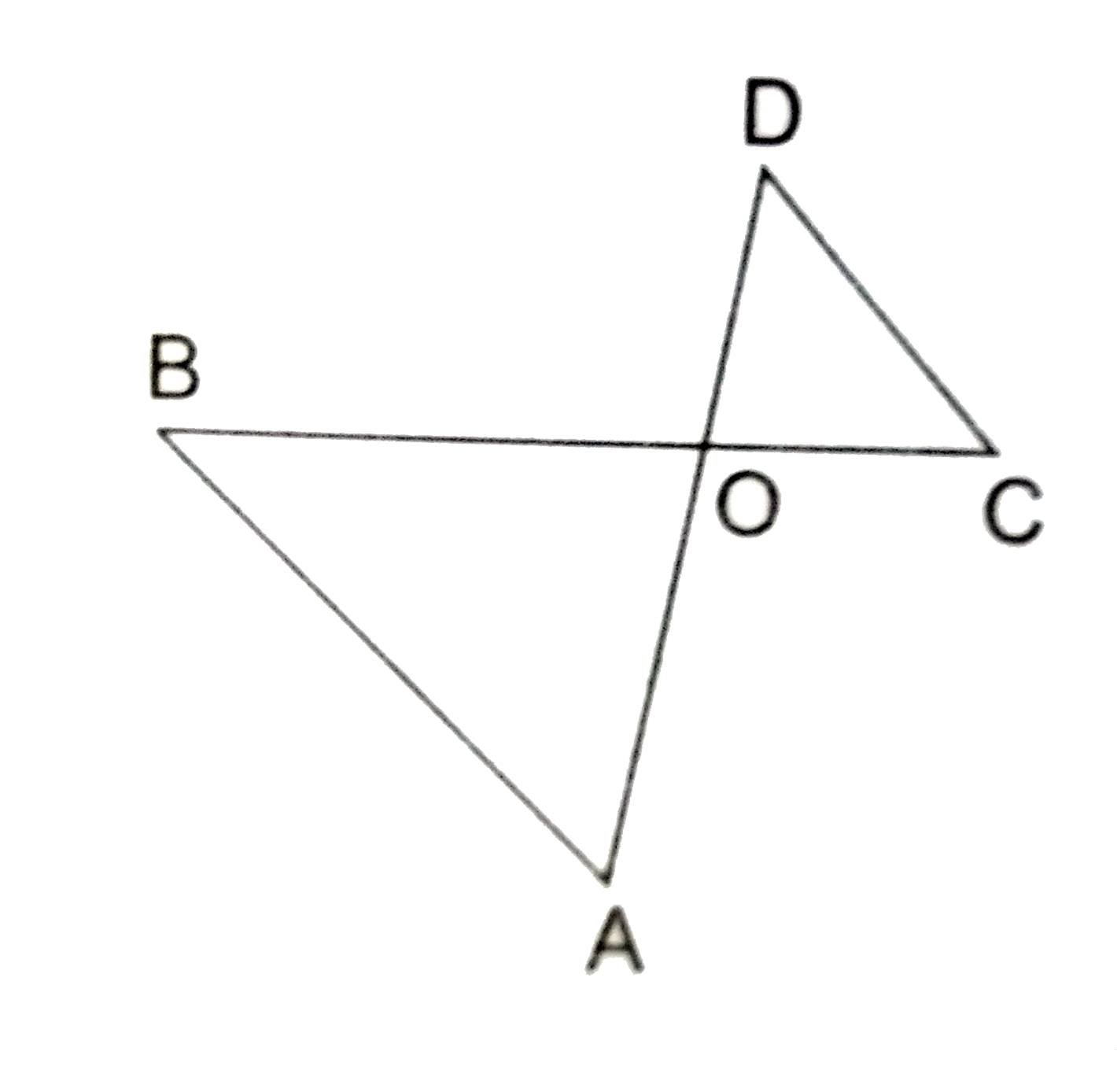
Video Solution
Text Solution
The correct Answer is:(i)OA=5.6cm,(ii)DO=4cm,
ΔOBA~ΔOCD⇒OAOC=ABCD=BODO⇒OADO⇒OA3.5=85=6.4DO Find OA and DO.
|
Topper's Solved these Questions
- TRIANGLESBOOK - RS AGGARWALCHAPTER - TRIANGLESEXERCISE - Exercise 7C
13 Videos
- TRIANGLESBOOK - RS AGGARWALCHAPTER - TRIANGLESEXERCISE - Exercise 7D
22 Videos
- TRIANGLESBOOK - RS AGGARWALCHAPTER - TRIANGLESEXERCISE - Exercise 7A
12 Videos
- T-RATIOS OF SOME PARTICULAR ANGLESBOOK - RS AGGARWALCHAPTER - T-RATIOS OF SOME PARTICULAR ANGLESEXERCISE - Exercise 11
27 Videos
- TRIGONOMETRIC IDENTITIESBOOK - RS AGGARWALCHAPTER - TRIGONOMETRIC IDENTITIESEXERCISE - Test Yourself
20 Videos
Similar Questions
Knowledge Check
In the given figure, if AB = 10 cm, CD = 7 cm, SD = 4 cm and AS = 5 cm, then BC = ?
 A9 cmB8 cmC7.5 cmD6 cm
A9 cmB8 cmC7.5 cmD6 cmIn figure AD is the bisector of ∠BAC. If BD=2cm,CD=3cmandAB=5cm. Find AC :
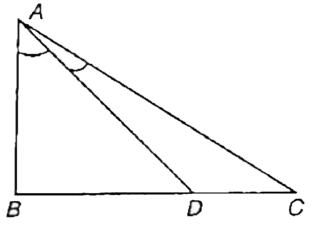 A6 cmB7.5 cmC10 cmD15 cm
A6 cmB7.5 cmC10 cmD15 cmIn figure ,DE||BC in triangle ABC such that BC = 8 cm , AB = 6 cm and DA = 1.5 cm .find DE.
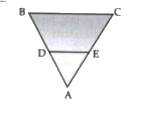 A2 cmB3 cmC4 cmD5 cm
A2 cmB3 cmC4 cmD5 cm
In the given figure find PQ ? If AB = 8 cm, CD = 6 cm, if Radius of circle = 5 cm
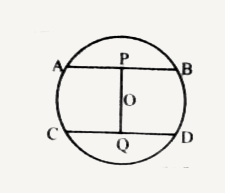
View SolutionIn the given figure, if ∠ADE=∠B, show that ΔADE~ΔABC. If AD=3.8cm,AE=3.6cm,BE=2.1cm,andBC=4.2cm, find DE.
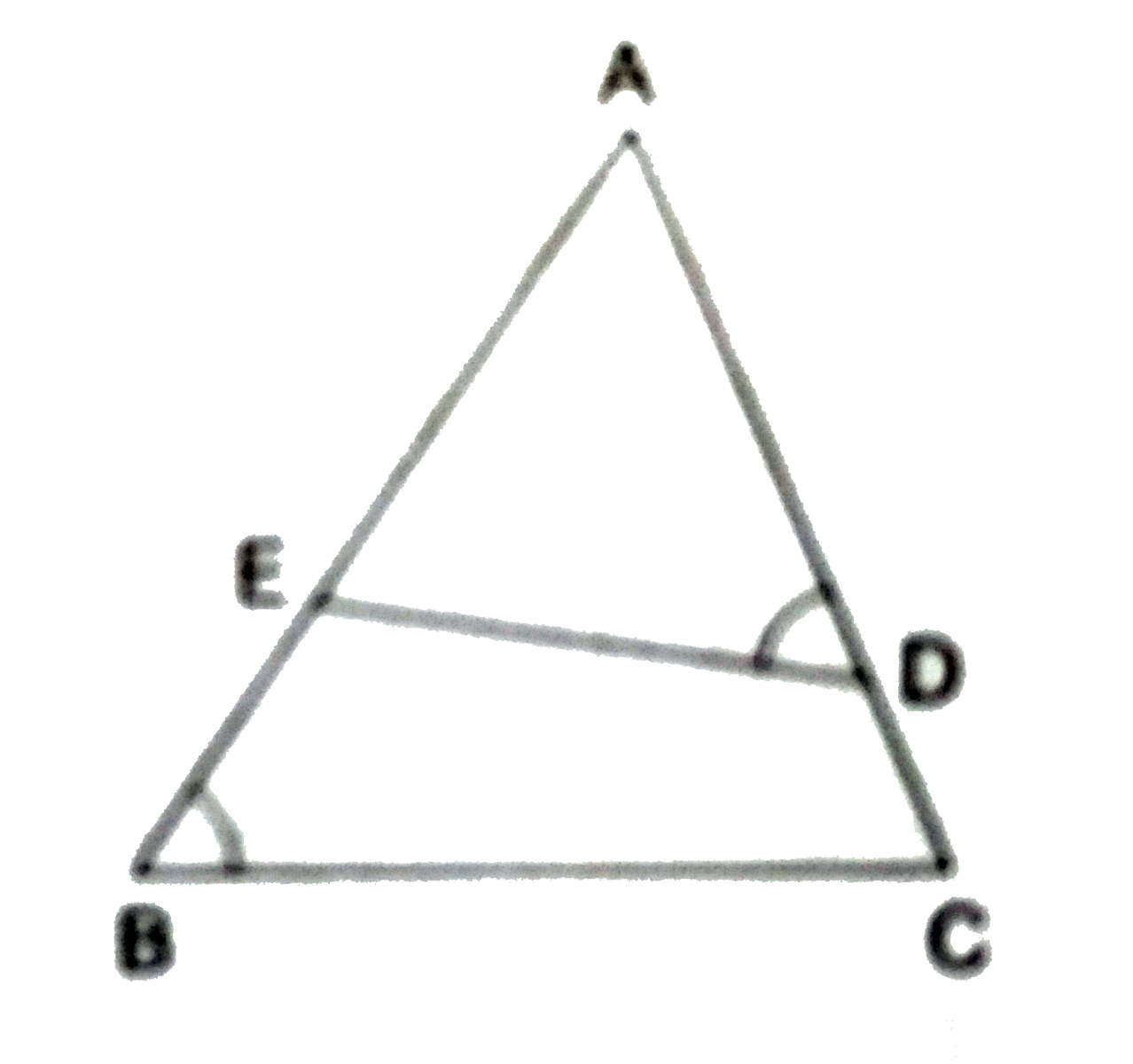
View SolutionIn a ΔABC,AD is the bisector of ∠A.
(i) If AB=6.4cm,AC=8cmandBD=5.6cm, find DC.
(ii) If AB=10cm,AC=14cmandBC=6cm, find BD and DC.
(iii) If AB=5.6cm,BD=3.2cm,andBC=6cm, find AC.
(iv) If AB=5.6cm,AC=4cm,andDC3cm, find BC.
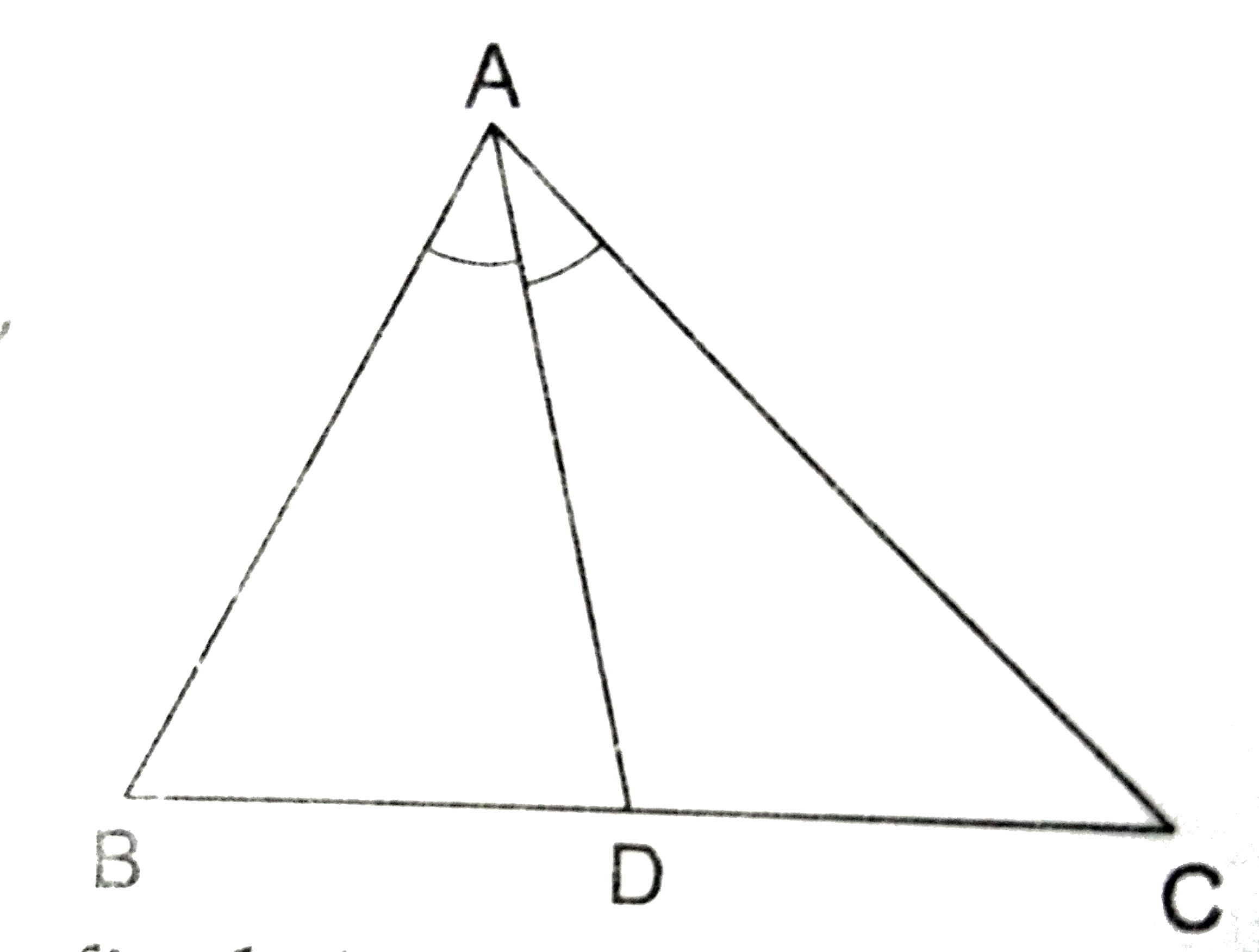
View SolutionIn the given figure, AB=14 cm, radius of incircle of ΔABC is 4 cm, AF=6 cm, AE=6 cm and BD=8 cm. Find AC and BC
View SolutionIn the given figure, AD is the bisector of ∠BAC,AB=6cm,AC=5cm and BD=3cm, find DC.
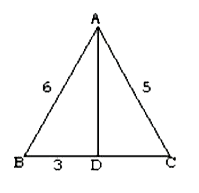
View Solution

